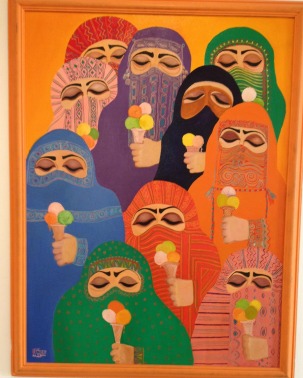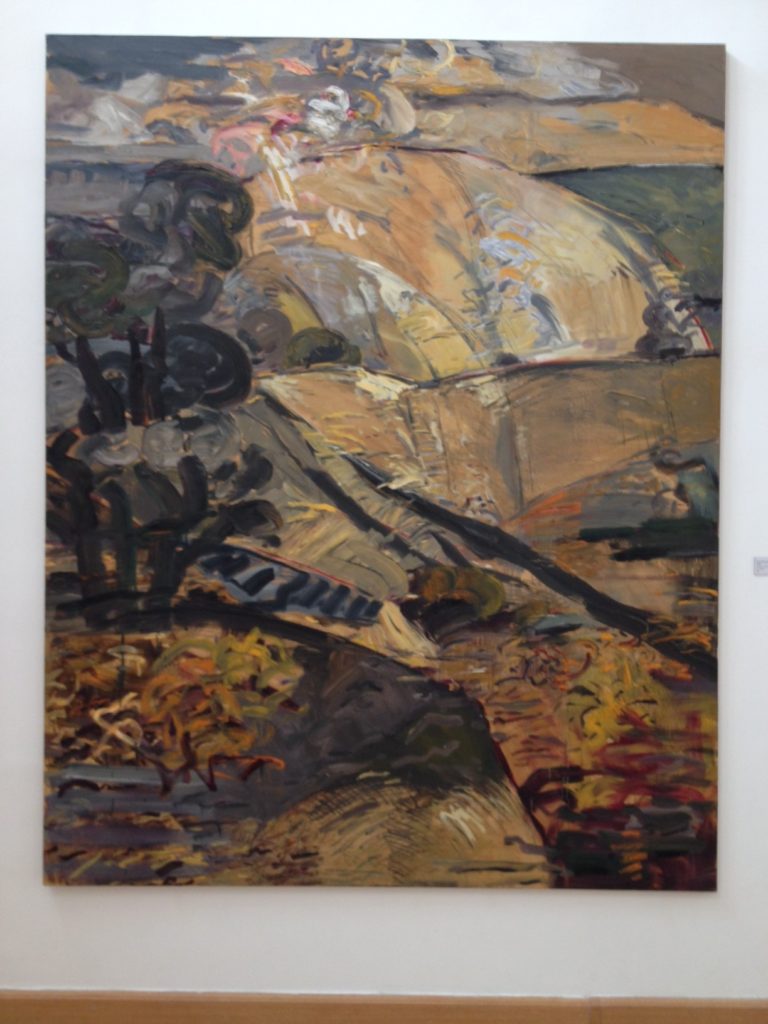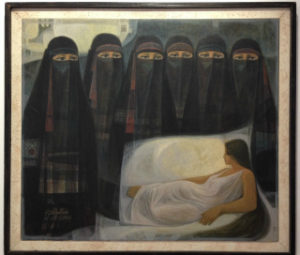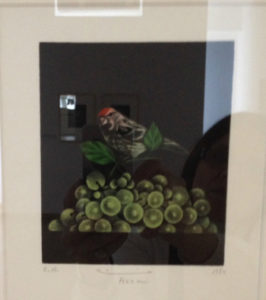

You may have seen the New York Times article headlined Palestinian Museum Prepares to Open, Minus Exhibitions in Tuesday’s paper. It told the sad story of a new museum, “a stunning, contemporary new building; soaring ambitions as a space to celebrate and redefine Palestinian art, history and culture; an outdoor amphitheater; a terraced garden” that because of a disagreement will open on Wednesday with nothing in it.
I found it hopeful, in one way.
Without getting to the politics of it–I have no way of knowing which side, the ex-director or the museum’s board, is right. The conflict centers on the execution of a show that was to “feature artistic interpretations of things like keys and photographs that Palestinians around the world have kept from the homes they fled or were forced from in what is now Israel.”
But the good news was simply that people looked to a museum and the arts as a way to uplift people. In a poor area, where many other needs are left unsatisfied, it’s easy to forget that people can be nourished with art. From the story:
Omar al-Qattan, the museum’s chairman, said Palestinians were “so in need of positive energy†that it was worthwhile to open even an empty building. “Symbolically it’s critical,†he said, conceding that the next phase, including the exhibitions, “is the more exciting one.â€
That comment reminded me of something Darren Walker, president of the Ford Foundation, told me in a casual conversation about a year ago. He said that Ford staff had proposed creating arts programs for the refugee camps. “Who knew?” he said. But it made sense, because people are spending years in refugee camps. They need artistic visual stimulation and nourishment, too.

When I visited Jordan last fall, I stopped in at the National Gallery of Fine Arts in Amman. Being there on a weekday, early afternoon, I was not fighting crowds. But I had plenty of time see what kind of art Jordanians and other artists in the Mideast were producing for display in this kind of official museum. I’ve posted some here (sorry about the reflection on the mezzotint below). They are, obviously, not a comprehensive look–just a few paintings that encapsulated what was on view.
Westerners are increasingly interested in art made in the Middle East, and I need not say that that’s a very good thing.

